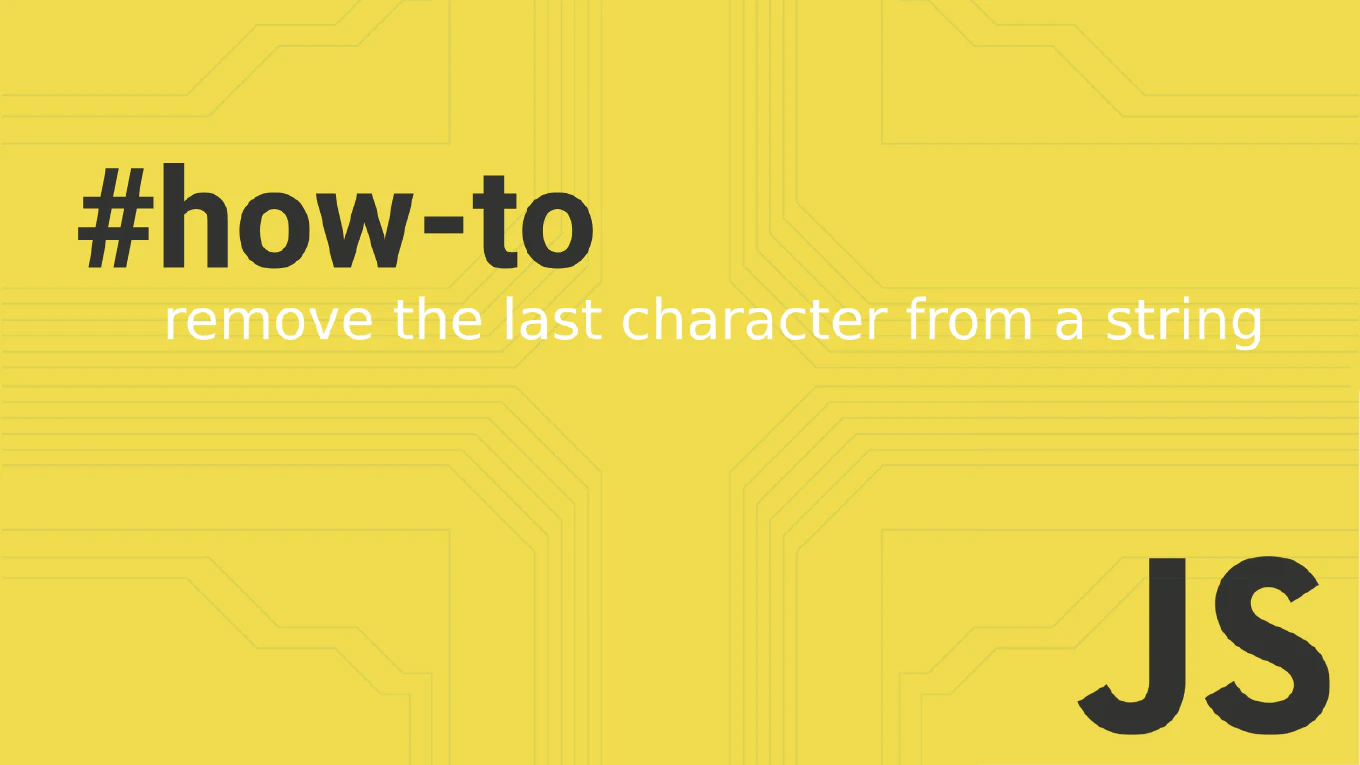How to check if a number is prime in JavaScript
Checking if a number is prime is essential for cryptographic algorithms, mathematical computations, number theory applications, and implementing features like prime factorization or security protocols in JavaScript applications. With over 25 years of experience in software development and as the creator of CoreUI, I’ve implemented prime number checking in components like mathematical validators, algorithm demonstrations, and educational tools where efficient prime detection is crucial for performance and accuracy. From my extensive expertise, the most efficient approach is testing divisibility only up to the square root of the number, significantly reducing computational complexity. This optimization is based on the mathematical principle that if a number has a divisor greater than its square root, it must also have a corresponding divisor smaller than the square root.
How to convert a number to a string in JavaScript
Converting numbers to strings is essential for display formatting, template literals, API data preparation, and implementing features like form inputs or text concatenation in JavaScript applications.
With over 25 years of experience in software development and as the creator of CoreUI, I’ve implemented number-to-string conversion extensively in components like displays, form fields, and data export features where presenting numeric values as readable text is crucial for user interfaces.
From my extensive expertise, the most explicit and recommended approach is using the toString() method, which provides clear intent and optional formatting options.
This method is reliable, widely supported, and offers additional control over number representation when needed.
How to check if a number is odd in JavaScript
Checking if numbers are odd is essential for alternating patterns, conditional logic, special case handling, and implementing features like unique styling or selective processing in JavaScript applications. With over 25 years of experience in software development and as the creator of CoreUI, I’ve implemented odd number checking extensively in components like grid layouts, list processing, and pattern-based styling where identifying non-even numbers enables specific behaviors and visual effects. From my extensive expertise, the most direct and mathematically accurate approach is using the modulo operator (%) to test for a remainder when divided by 2. This method is efficient, clear, and directly represents the mathematical definition of odd numbers.
How to check if a number is even in JavaScript
Checking if numbers are even is fundamental for alternating patterns, conditional logic, data grouping, and implementing features like zebra striping or alternating layouts in JavaScript applications. With over 25 years of experience in software development and as the creator of CoreUI, I’ve implemented even number checking extensively in components like table row styling, pagination logic, and layout systems where alternating behaviors enhance visual organization and user experience. From my extensive expertise, the most efficient and mathematically sound approach is using the modulo operator (%) to test divisibility by 2. This method is simple, performant, and directly expresses the mathematical definition of even numbers.
How to check if a value is NaN in JavaScript
Checking for NaN values is crucial for input validation, error handling, mathematical operations, and implementing robust features like form validation or data processing in JavaScript applications.
With over 25 years of experience in software development and as the creator of CoreUI, I’ve implemented NaN checking extensively in components like calculators, form validators, and data processors where detecting invalid numeric operations prevents errors and ensures reliable functionality.
From my extensive expertise, the most accurate and recommended approach is using Number.isNaN(), which performs a strict NaN check without type coercion.
This method is precise, avoids common pitfalls of the older isNaN() function, and provides reliable detection of actual NaN values.
How to convert a string to a number in JavaScript
Converting strings to numbers is essential for form data processing, mathematical calculations, API data handling, and implementing features like calculators or numeric validation in JavaScript applications.
With over 25 years of experience in software development and as the creator of CoreUI, I’ve implemented string-to-number conversion extensively in components like input fields, calculators, and data processors where reliable numeric conversion ensures proper mathematical operations and data integrity.
From my extensive expertise, the most robust and recommended approach is using the Number() constructor, which provides consistent conversion behavior and clear error handling.
This method is explicit, handles various string formats, and produces predictable results across different scenarios.
How to generate a random number in JavaScript
Generating random numbers is fundamental for creating games, sampling data, implementing randomized algorithms, and building features like random content selection or probabilistic behaviors in JavaScript applications.
With over 25 years of experience in software development and as the creator of CoreUI, I’ve implemented random number generation extensively in components like carousel shuffling, color generators, and interactive elements where unpredictable values enhance user engagement and functionality.
From my extensive expertise, the foundation for all random number generation is the built-in Math.random() function, which provides cryptographically weak but sufficient pseudo-random values.
This approach is simple, universally supported, and serves as the basis for more complex random number scenarios.
How to round a number in JavaScript
Rounding numbers is essential for displaying prices, calculating percentages, formatting measurements, and implementing features like currency conversion or statistical calculations in JavaScript applications.
With over 25 years of experience in software development and as the creator of CoreUI, I’ve implemented number rounding extensively in components like pricing displays, progress indicators, and data visualization where precise numeric formatting enhances user experience and data accuracy.
From my extensive expertise, the most versatile solution is using Math.round() for basic rounding, combined with multiplication and division for decimal precision control.
This approach provides complete control over rounding behavior and handles various precision requirements efficiently.



